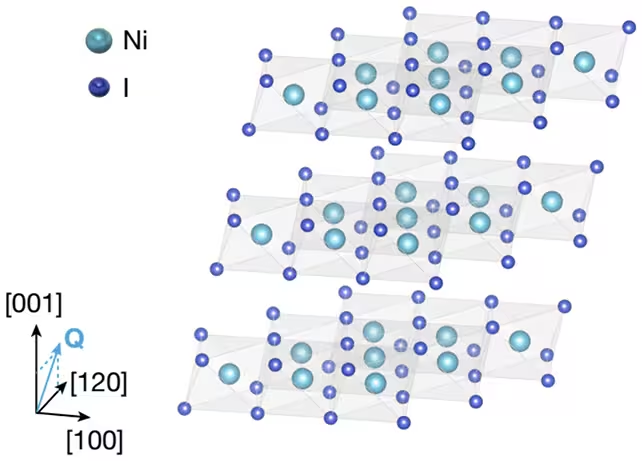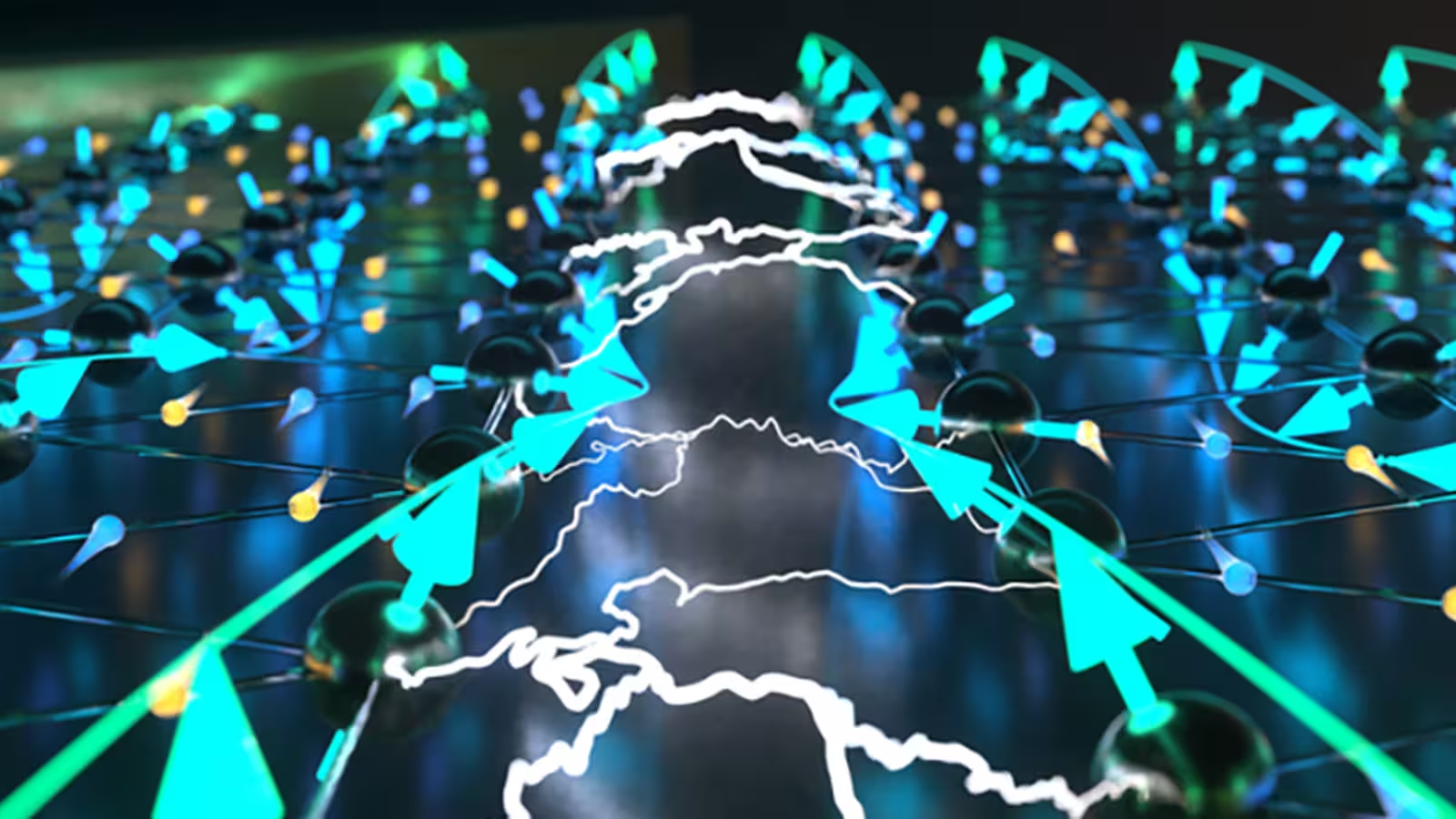4 Minutes
Uncovering a New Form of Magnetism in Synthetic Crystals
For the first time, a team of international scientists has experimentally observed a novel type of magnetism—known as p-wave magnetism—within an engineered two-dimensional crystal of nickel iodide (NiI2). This advance could revolutionize the next generation of high-speed, energy-efficient electronic and spintronic devices, while simultaneously expanding our understanding of fundamental quantum physics.
"It was a completely new idea at the time," explains Dr. Riccardo Comin, physicist at the Massachusetts Institute of Technology (MIT), and a key member of the research team. "We decided to investigate nickel iodide experimentally because we recognized it as an ideal candidate to demonstrate this form of p-wave magnetism."
Scientific Background: Understanding Magnetism at the Atomic Scale
Conventional magnets function by aligning the intrinsic angular momentum—or "spin"—of their electrons, so that their tiny atomic magnetic fields combine, pointing in the same direction. In contrast, materials known as antiferromagnets feature spins that are precisely oriented in opposing directions, cancelling out large-scale magnetism.
P-wave magnetism is an unusual hybrid: it blends characteristics of both ferromagnetic and antiferromagnetic materials. In this new phase, the electron spins in ultra-thin flakes of nickel iodide form mirrored spiral patterns—configurations that eliminate bulk magnetism, but arise from the precise, local interplay of magnetic interactions. These unique spin ‘textures’ were predicted by physicists, but had never been detected in any real crystal—until now.
The Experiment: How Spiral Magnetism Was Revealed
To observe this phenomenon, researchers created ultra-thin sheets of nickel iodide in a carefully controlled high-temperature furnace. When these synthetic crystals were illuminated with polarized light—whose oscillations twist in a spiral or corkscrew pattern—the team could directly visualize the previously theoretical spiral arrangements of electron spins.
Beyond simple observation, another remarkable outcome was achieved: scientists demonstrated electrical control over this exotic spiral magnetism. By applying a modest electric field, they could fine-tune the spin orientations and magnetic properties on demand.
Expert Insight
"We showed that this new form of magnetism can be manipulated electrically," notes MIT physicist Qian Song, underscoring the breakthrough's practical significance. "This breakthrough paves the way for a new class of ultrafast, compact, energy-efficient, and nonvolatile magnetic memory devices."

Implications for Technology and Fundamental Physics
The discovery of electrically controllable spiral magnetism paves the way for pioneering advances in spintronics—a cutting-edge discipline that exploits electron spin, rather than charge, to process and store information. Theoretical models suggest these magnetically tunable states could enable memory and logic devices more compact, faster, and vastly more energy-efficient than traditional electronics.
In a world where burgeoning applications like artificial intelligence are dramatically increasing energy demands, such breakthroughs are crucial. Dr. Song points out, "We just need a small electric field to control this magnetic switching. P-wave magnets could save five orders of magnitude of energy—which is huge."
Challenges and Future Prospects
As with most groundbreaking scientific discoveries, practical implementation will require overcoming technical hurdles. Currently, the experimental systems necessitate specialized laboratory conditions and precise tuning, limiting immediate commercial applications. However, the fundamental insights gained from this work open exciting new avenues for research into quantum materials, unconventional magnetism, and next-generation memory technologies.
Future developments may see electronics designed around the manipulation of electron spins rather than charges, enhancing efficiency and ushering in a new era of low-power computing and data storage.
Conclusion
The observation and control of spiral p-wave magnetism in synthetic nickel iodide crystals mark a historic leap in our mastery of quantum materials. By merging basic science with technological ambition, this research not only deepens our knowledge of exotic magnetic states but could also transform the landscape of electronics and information technology. As research progresses, such breakthroughs may ultimately lead to ultra-dense, fast, and energy-saving memory devices—meeting the challenges of tomorrow's digital world.
Source: doi



Comments